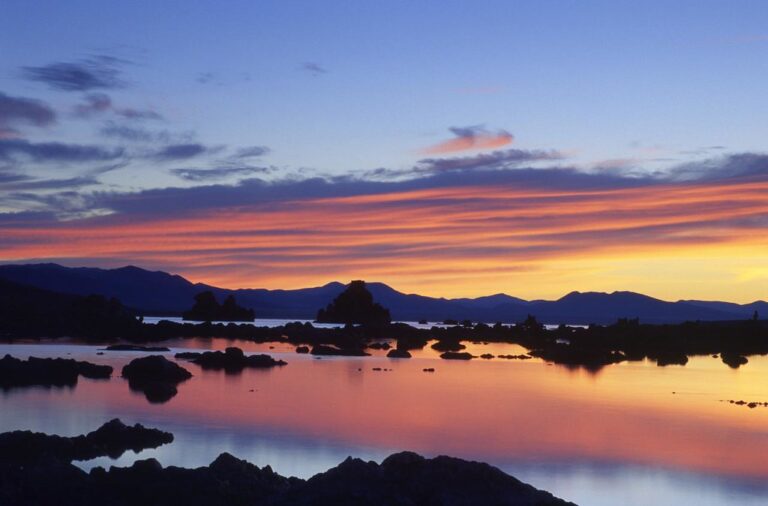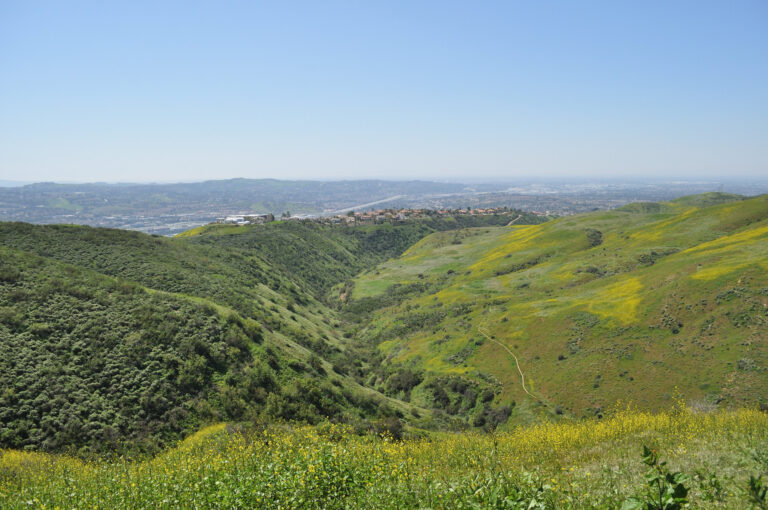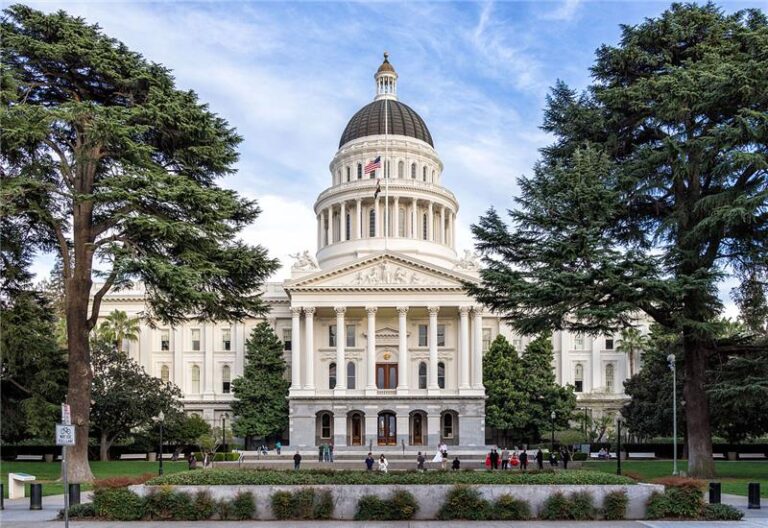FOR IMMEDIATE RELEASE
May 16, 2025
Contact: Stefanie Lao, stefanie@fcpcommunications.com, (818) 261-6871
Resources for Media: https://bit.ly/3GIFQsu
VENTURA, CA — Local scientists and advocates recently led an expedition to Anacapa Island at Channel Islands National Park hosted by the Benioff Ocean Science Laboratory and NRDC (Natural Resources Defense Council) to highlight the scientific and economic benefits of marine protected areas (MPAs) in California. The tour took place at a critical time as the California Department of Fish and Wildlife Fish and the California Fish and Game Commission continue their first-ever 10-year review of its marine protected area (MPA) network and evaluate whether to strengthen or weaken protections along the coast.
“Marine protected areas benefit not only the marine species, but those whose livelihoods depend on recreational and fishing opportunities in the Pacific,” said Sandy Aylesworth, director of the Pacific Initiative at NRDC (Natural Resources Defense Council). “By visiting these fragile ecosystems, we are able to get up close to the amazing wildlife and habitats that can flourish when effective protections are put in place.”
The CA Fish and Game Commission will be making important decisions regarding various MPA proposals along the coast beginning in November 2025, including proposals for expanded protections from Tribal nations and environmental organizations, as well as those seeking to reduce protections. Ocean protections are currently popular with 81% of Californians wanting new ocean protections. Yet, only 16% of state waters are protected under the current MPA network, and only 9% are fully-protected (no take). If the FGC approves all conservation proposals, they would add a total of 2% to the existing network.
During the expedition, participants traveled from Ventura Harbor to the Anacapa Island State Marine Reserve onboard a local scuba diving charter boat. In the reserve, participants SCUBA dived and snorkeled through lush kelp forests, rocky reefs, and sandy bottom teeming with golden garibaldi (California’s state marine fish), flamboyant nudibranchs, and playful sea lions. Scientists demonstrated the use of research equipment used to track the impact of protected areas on its marine life inhabitants. At the conclusion of the trip, participants observed hundreds of dolphins and breaching humpback whales as they fed on a massive school of baitfish.
“It’s one thing to see the graphs and charts that indicate MPAs lead to more and bigger sea life, but another to experience it as they’re staring back at us underwater. We saw sheephead that are twice as large and kelp bass that are twice as abundant in the kelp forests inside these MPAs,” said Douglas McCauley, Director of the Benioff Ocean Science Laboratory.
A paper published by the Benioff Laboratory demonstrated some of the value of MPAs, especially to recreational users like scuba divers and associated businesses. In California, marine and coastal tourism contributes approximately $26 billion to the state’s economy each year. As one of the largest sectors in the ocean economy, marine and coastal tourism constitutes 50% of all global tourism, equal to $4.6 trillion.
“People come from around the state and the world to experience the unique underwater beauty of the Channel Islands, the ‘Galapagos of North America’,” said Molly Morse, Senior Manager of the Benioff Ocean Science Laboratory. “Our research took millions of data points from the local scuba charter industry and demonstrated the measurable value of these thriving ecosystems to this industry and their clients seeking face-to-face encounters with 500-lb giant sea bass and 100-year-old spiny lobsters.”
MPAs are critical for protecting biodiversity, promoting climate change resilience, and enhancing spillover to fisheries. For example, a study from UC Santa Barbara showed that a 35% reduction in fishing area resulting from MPA designations in Santa Barbara County was compensated for by a 225% increase in total lobster catch. Another study showed that fully-protected waters significantly enhanced kelp forests’ resistance to and recovery from marine heatwaves, which may become more frequent with climate change. MPAs foster healthy populations, improving their ability to adapt to changing ocean conditions and recover from the stresses from human-caused climate change, fishing, dredging, and large-scale aquaculture.
Scientists worldwide agree that to protect life as we know it, we must conserve at least 30% of the Earth’s lands and coastal waters by 2030. In 2020, Governor Newsom committed California to the 30×30 goal, and in 2023, that goal became state law. Preserving the state’s lands and coastal waters will help address the impacts of climate change, protect animal and plant species at risk for extinction, and contribute to Californians’ quality of life.
California is making steady progress towards 30×30, but we must protect approximately six million acres of lands and an additional 500,000 acres of coastal waters by 2030.The State has added zero acres in coastal waters to date. Adding new MPAs is a straightforward and effective way to reach the state’s biodiversity and climate resilience goals for coastal waters.
# # #
About the Power In Nature Coalition
Power In Nature is a statewide coalition of community groups, environmental and conservation organizations, land trusts, Indigenous organizations, and Tribal members dedicated to advancing California’s 30×30 commitment. The Power In Nature coalition has identified nearly 100 potential 30×30 projects across the state and works on a broad range of issues, including biodiversity protection, climate resilience, equity, recreation, outdoor access, and social justice. For more information, visit PowerInNature.org.
About NRDC
NRDC (Natural Resources Defense Council) is an international nonprofit environmental organization with more than 3 million members and online activists. Established in 1970, NRDC uses science, policy, law and people power to confront the climate crisis, protect public health and safeguard nature. NRDC has offices in New York City, Washington, D.C., Los Angeles, San Francisco, Chicago, Beijing and Delhi (an office of NRDC India Pvt. Ltd).
About Benioff Ocean Science Laboratory
The Benioff Ocean Science Laboratory, based at the Marine Science Institute at University of California Santa Barbara, is an applied research center that leverages the power of science and technology to create scalable and replicable solutions to pressing ocean health challenges. The Benioff Ocean Science Laboratory collaborates with scientists around the world to address issues such as plastic pollution, endangered species, and climate change. UC Santa Barbara is a leading center of marine research that is committed to using science to promote effective ocean stewardship. For more information, please visit https://bosl.ucsb.edu/.
📢 Breaking news
Our newest California national monument is under attack! The Department of Interior is considering stripping protections from Chuckwalla National Monument—a move that flies in the face of the public’s wishes.
National monuments like Chuckwalla protect:
- Our quality of life
- Outdoor recreation
- Tribal heritage
- The plants and places that make CA home
- And access to the national public lands we love
More than 300 business leaders, bipartisan local officials, Tribal nations, and thousands of community members worked hard to protect this incredible landscape.



